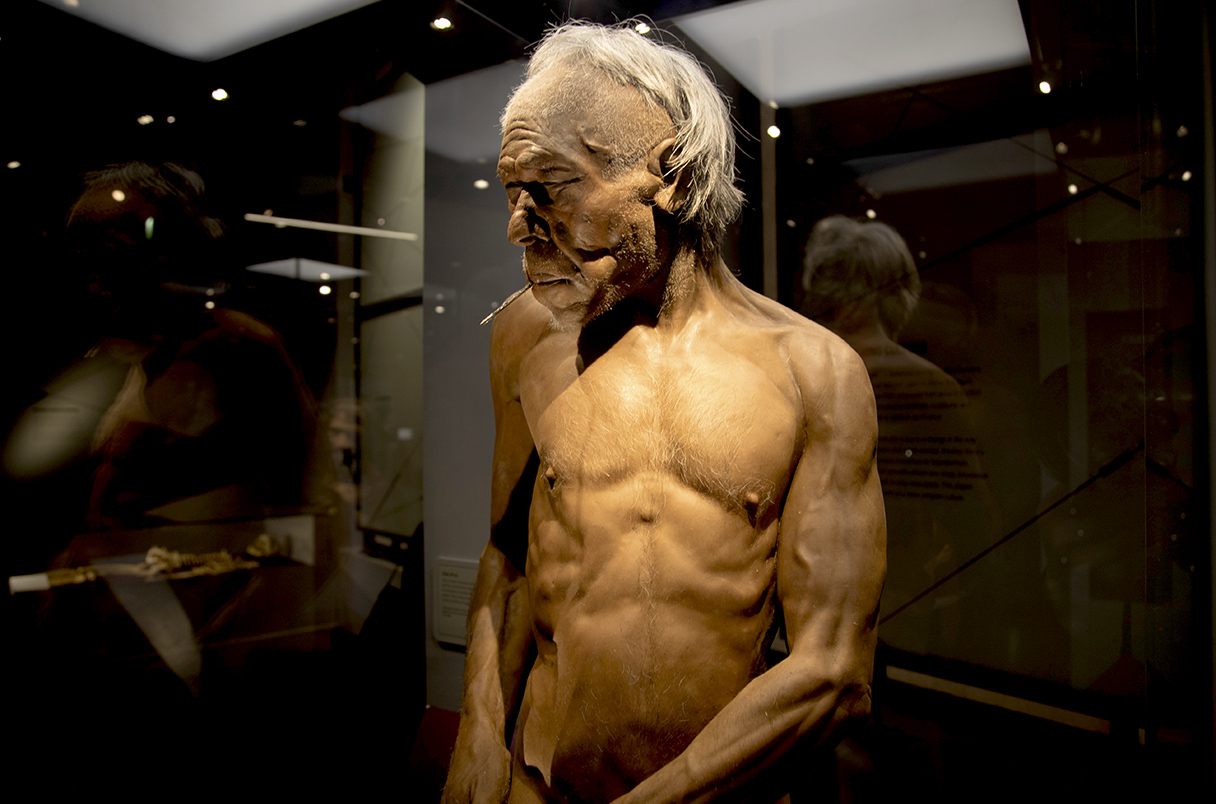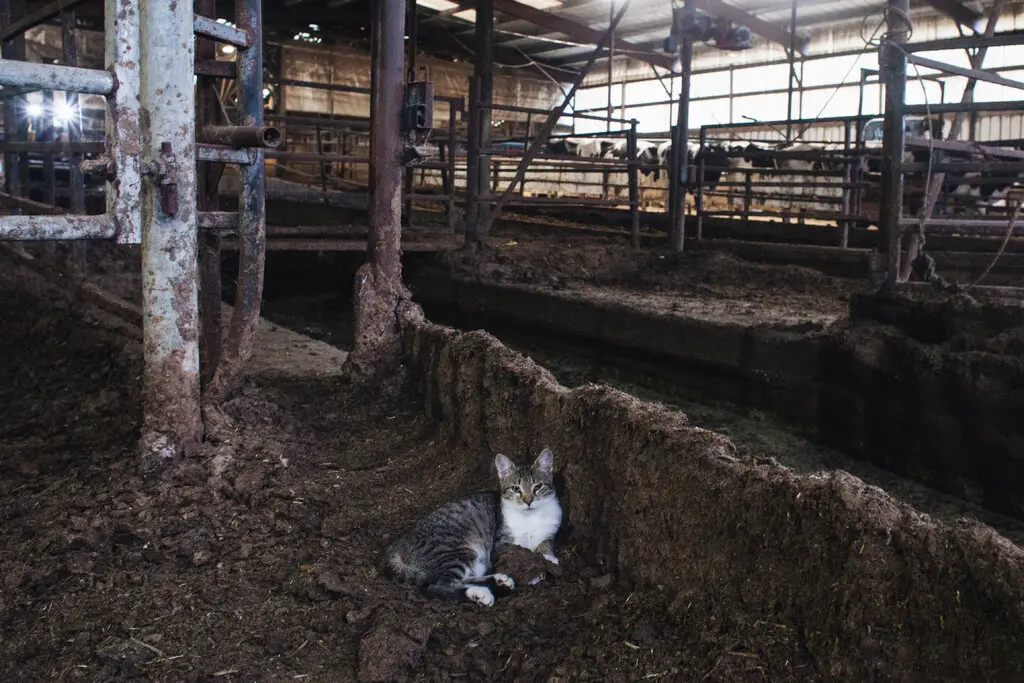Israel’s Military Campaign in Southern Lebanon Raises Concerns Over Buffer Zone Strategy

In recent weeks, the small village of Ramyah in southern Lebanon has faced significant destruction due to military actions by Israeli forces, the Associated Press reports.
This hilltop community, located just a short distance from the Israeli border, has nearly been eradicated, and neighboring areas are similarly devastated, as indicated by satellite imagery that reveals a landscape once dotted with homes now reduced to rubble.
Israeli airstrikes and ground operations have been relentless, with the stated objective of weakening Hezbollah, a militant group that has been active in the region and responsible for frequent attacks on northern Israel over the past year. In addition to targeting Hezbollah infrastructure, Israeli operations have inadvertently affected United Nations peacekeepers and the Lebanese military, leading to concerns about their ability to maintain a presence in the area.
Over one million people have fled the region amid the bombardment, leading some analysts to suggest that Israel may be attempting to establish a depopulated buffer zone. This approach echoes strategies previously employed along the Gaza border. Analysis of satellite images shows extensive destruction across at least 11 villages near the border, with many homes, neighborhoods, and entire communities obliterated as part of Israel’s military campaign.
Israeli officials maintain that the operations are crucial for dismantling Hezbollah’s military capabilities and that the ultimate goal is to create a secure environment where residents can safely return. However, they acknowledge the absence of a clear long-term strategy to prevent Hezbollah from re-establishing its presence near the border. This uncertainty has been a focal point of ongoing US negotiations for a ceasefire in the region.
Orna Mizrahi, a senior researcher at the Institute for National Security Studies in Israel, noted that while creating a buffer zone may not be an immediate goal, the situation could evolve.
“If we have no choice but to remain until we ensure Hezbollah cannot return to the area, then that may become necessary,” she remarked.
The military incursion, which began on October 1, has inflicted substantial damage, especially in areas closest to the border. Experts from CUNY Graduate Center and Oregon State University have assessed that many villages have seen significant destruction, with estimates suggesting hundreds of buildings have been damaged or destroyed. In Ramyah, only a few structures remain standing, while controlled detonations have leveled parts of other villages like Odeissah, where a single explosion registered on earthquake monitoring systems in Israel.
In addition to targeting Hezbollah’s assets, Israeli military actions have also led to casualties among Lebanese soldiers and UN peacekeepers. The Lebanese military has reported multiple fatalities due to Israeli strikes, while the UN peacekeeping force, UNIFIL, has experienced numerous attacks attributed to Israeli military operations, leading to calls for reassessment of their presence in the region.
International efforts to broker a ceasefire are focusing on enforcing UN Resolution 1701, which aimed to establish a demilitarized zone in southern Lebanon following the 2006 Israel-Hezbollah conflict. This resolution called for Israeli withdrawal and the establishment of the Lebanese army and UNIFIL as the sole armed forces in the region. However, compliance has been lacking, with Hezbollah remaining active and accusations of ongoing Israeli incursions into Lebanese territory.








